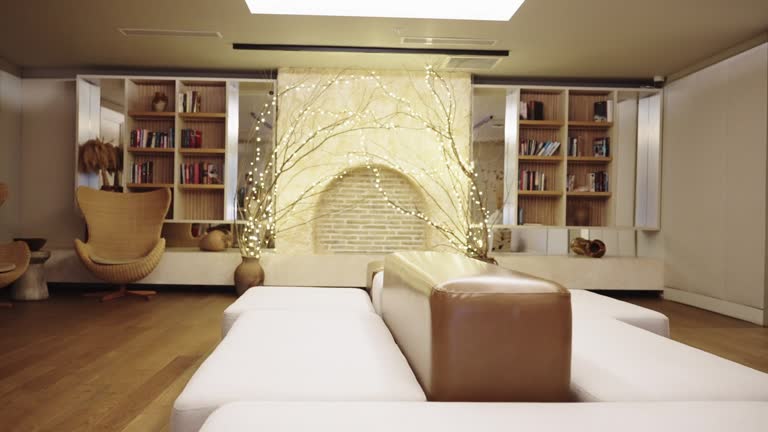What Are Pyntekvister?
Pyntekvister, a Norwegian term meaning “decorative twigs” or “ornamental branches,” are a beloved element in Scandinavian home décor. Sourced from local forests, these branches are used for crafts, seasonal decorations, and adding a touch of nature to interiors. Simple yet beautiful, it capture the spirit of rustic elegance and sustainable living.
The Origin and Cultural Significance
Rooted in Norwegian tradition, pyntekvister are often collected during spring or autumn. They are especially popular around Easter (Påske) in Norway, when they’re decorated with colorful feathers, painted eggs, or homemade ornaments. It represent a connection to nature and renewal, fitting perfectly with Scandinavian design principles.
Popular Types of Pyntekvister
- Willow (Salix): Fuzzy catkins, iconic for Easter decorations.
- Birch (Betula): Flexible, light, with attractive bark.
- Hazel (Corylus): Naturally twisted, ideal for whimsical displays.
- Cherry and Dogwood: Chosen for their blossoms and vivid color.
How to Use Pyntekvister in Home Decor
- Vase Arrangements: Display in simple vases for a minimalist look.
- Table Centerpieces: Combine with flowers, candles, or fairy lights.
- Wall Art & Wreaths: Craft wall hangings or door wreaths.
- Seasonal Decorations: Adorn with Easter eggs, feathers, or seasonal ornaments.
Sustainable and Eco-Friendly Choice
Decorating with it is a green alternative to synthetic décor. Always collect twigs responsibly, ensuring not to damage plants or take from protected areas. Natural, biodegradable, and easily sourced, pyntekvister are a perfect fit for eco-conscious living.
DIY: How to Prepare Your Own Pyntekvister
- Gather branches: Choose healthy, pest-free twigs.
- Trim: Remove leaves, buds, or rough ends.
- Clean: Wipe or rinse off any dirt.
- Arrange: Style in a vase or as part of a craft project.
Inspiration from Scandinavian Interiors
Scandinavian interiors favor natural elements, clean lines, and a serene color palette. It fit effortlessly—pair with glass, ceramics, or neutral fabrics for a timeless look.
FAQs About Pyntekvister
1. What does “pyntekvister” mean?
“Pyntekvister” is Norwegian for “decorative twigs” or “ornamental branches.” They’re branches used for home décor and crafts.
2. Where can I find pyntekvister?
You can collect them from your local forest, park, or even your garden. Craft and home décor stores may also sell prepared it.
3. Are certain branches better than others?
Yes. Willow, birch, hazel, cherry, and dogwood are popular due to their unique looks and durability.
4. How do I decorate it for holidays?
For Easter, add feathers, painted eggs, or tiny ornaments. For Christmas, try small baubles, stars, or fairy lights.
5. How long do pyntekvister last indoors?
If kept dry and away from direct sunlight, pyntekvister can last for months or even years.
6. Can I paint or treat it?
Absolutely! You can spray paint, varnish, or decorate them as you wish for a personalized touch.
7. Are pyntekvister safe for pets?
Generally, yes, but avoid branches from toxic plants. Always check if a plant species is pet-safe before bringing indoors.
Conclusion
It offer a simple, sustainable way to add beauty and Nordic charm to any space. Whether as a DIY craft, holiday centerpiece, or everyday décor, these natural branches remind us of the tranquility and creativity found in nature.
